Soccer Defender Skills, Positions & Responsibilities: Guide
Football relies heavily on the solid foundation provided by its defensive line positions. These defensive football positions are not just crucial in preventing goals but play a pivotal role in initiating counter-attacks, controlling the tempo of the game and setting the tone for the entire team.
Well-organized football defence positions can transform a team’s fortunes. It can stifle the opposition’s creativity, frustrate their attacking players, and ultimately lead to victory. Defensive football formations require a unique blend of physical attributes, tactical awareness, and mental fortitude. Players in these positions must be strong, agile and possess excellent anticipation skills.
They must also be able to communicate effectively with their teammates and make split-second decisions under pressure. By understanding the intricacies of football defensive line positions and the techniques that make them effective, we can better appreciate the vital role they play.
Football Defensive Line Positions – A Strong Pillar for a Team
For any team to succeed in modern football, one must build robust defensive football formations. One of the key roles alongside opposing attackers from scoring goals is to create chances for teammates. Each football defence position has specific responsibilities and requires a unique skill set to excel.
Virgil Van Dijk, one of the most renowned defenders of world football, transformed the way Liverpool FC played since 2018. His commanding presence, aerial ability, and impeccable timing in tackles make him a formidable force. He led Liverpool FC’s defence to numerous clean sheets, contributing significantly to their Premier League title in 2020. He also ensured that the different defensive football formations of Liverpool FC stayed intact and contributed to their long-term success.
The Six Defensive Football Positions & Skillsets
In the early days of football, defensive football formations were relatively simple. Teams often employed a flat back or five, with defenders primarily focused on stopping crosses and preventing shots on goal. However, as the game evolved, so too did the role of defensive football positions. The introduction of the libero in the 1960s revolutionized football defence positions. Let’s look into the positions and soccer defender skills required to shine in these positions:



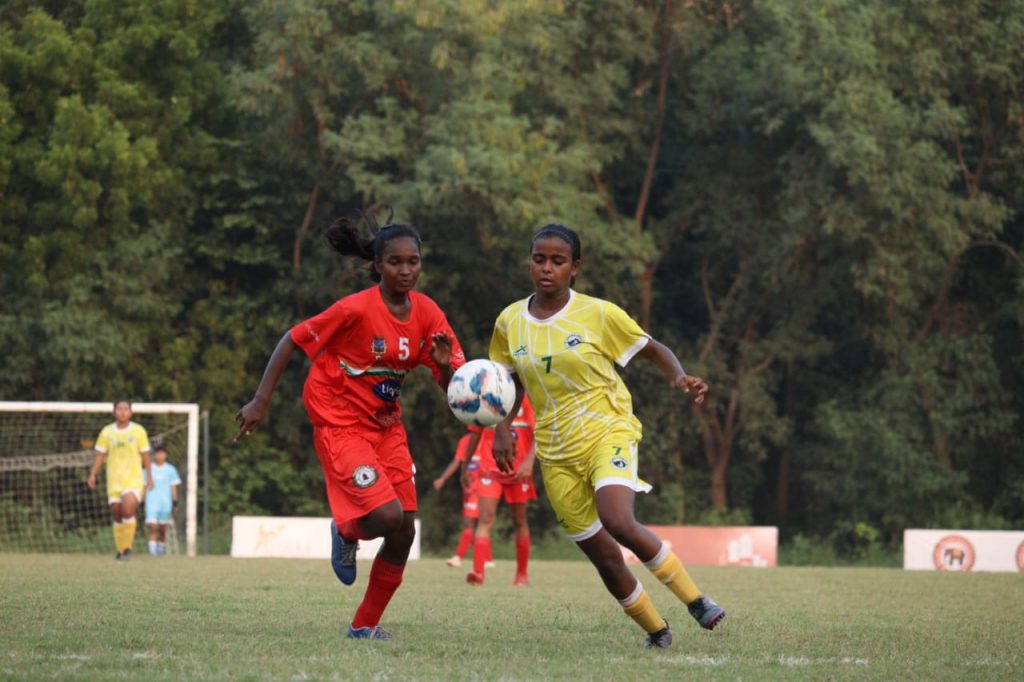
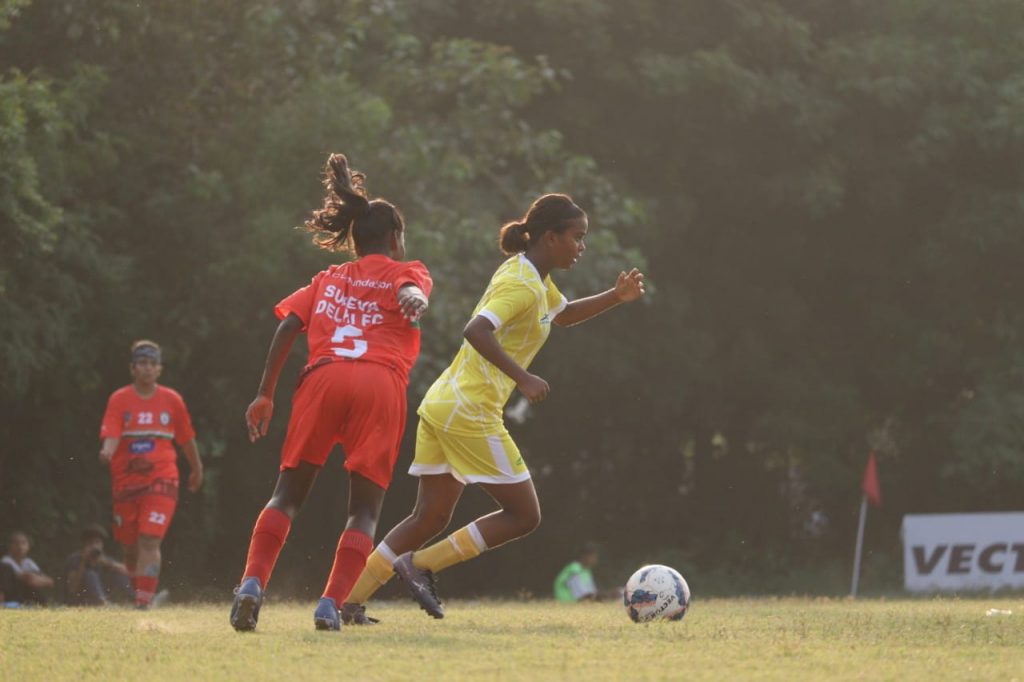
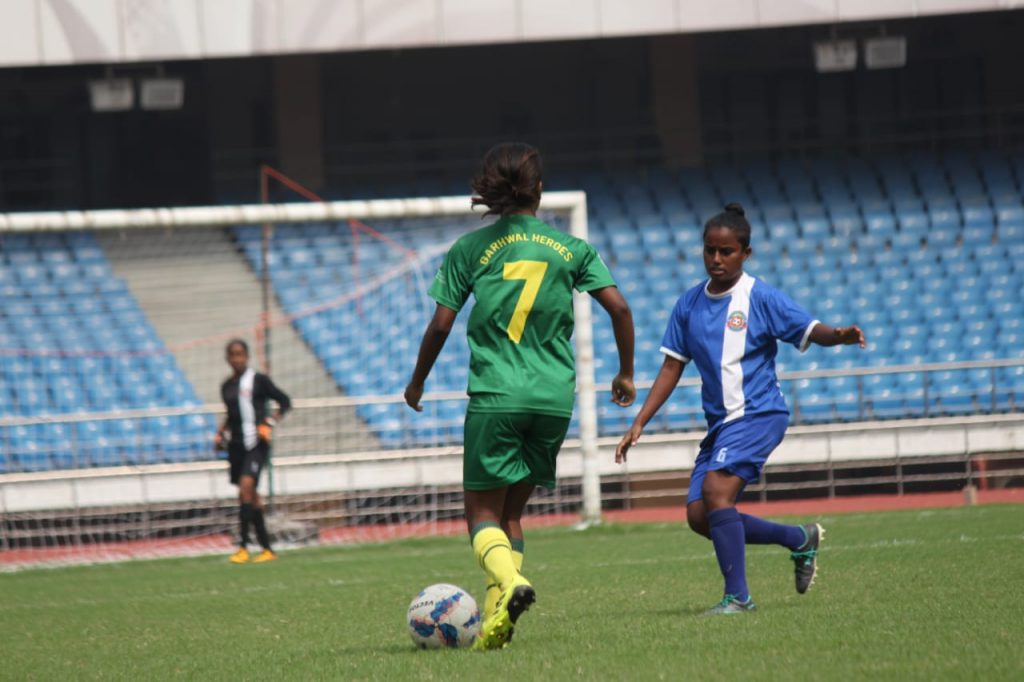
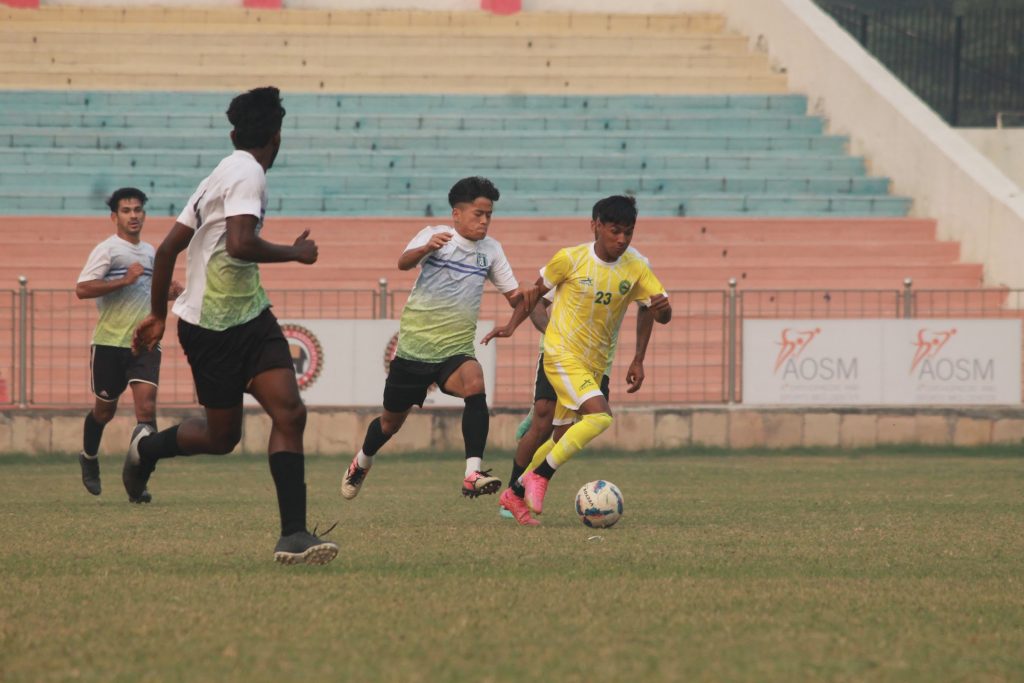
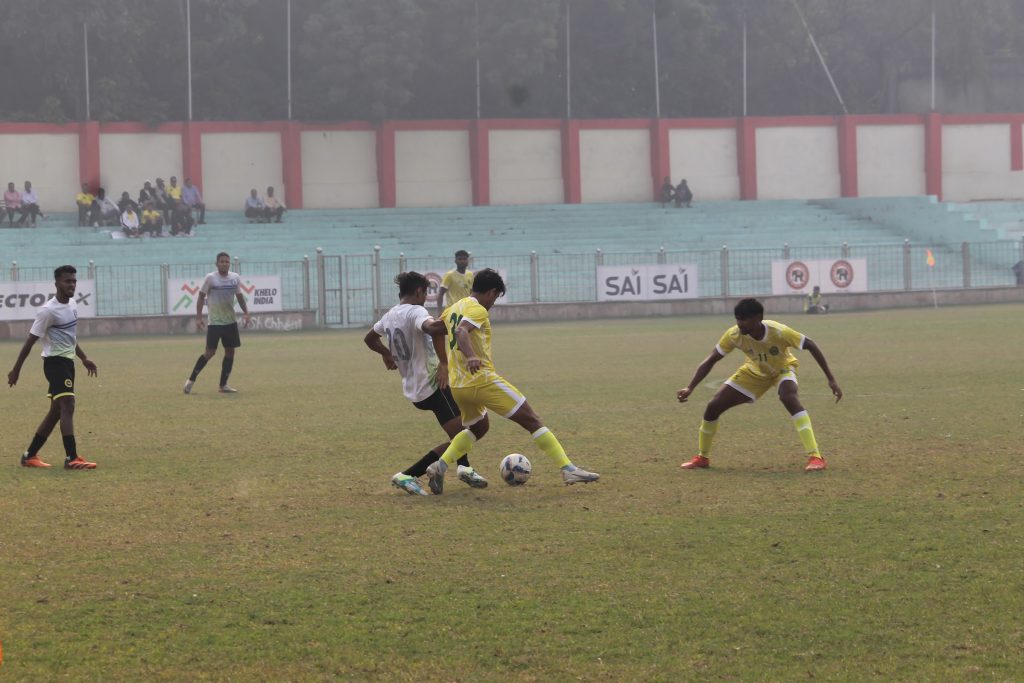
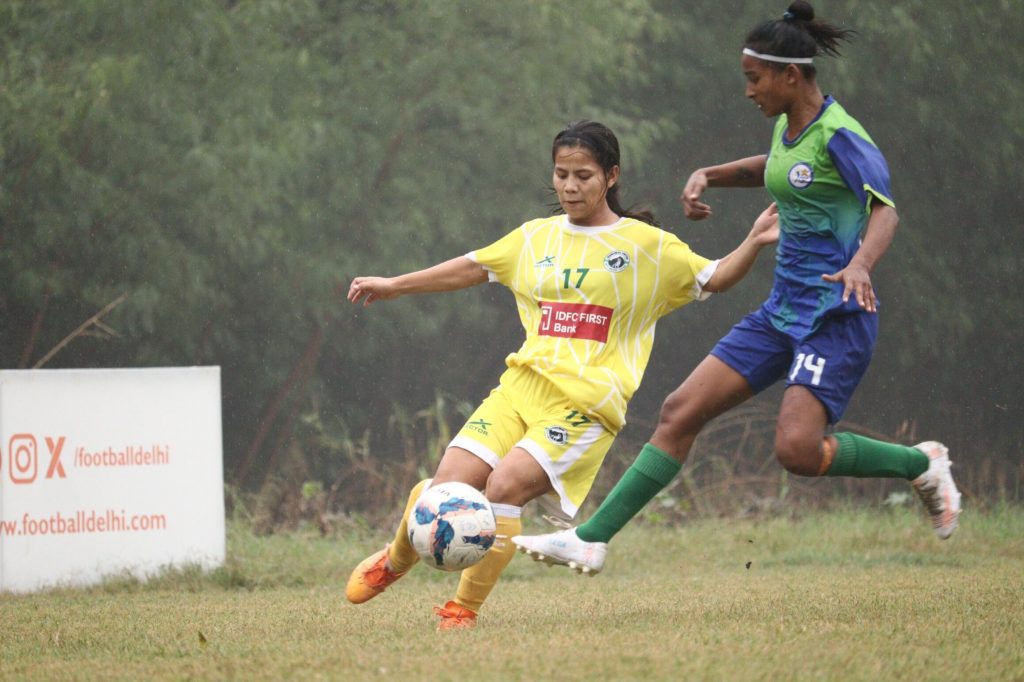
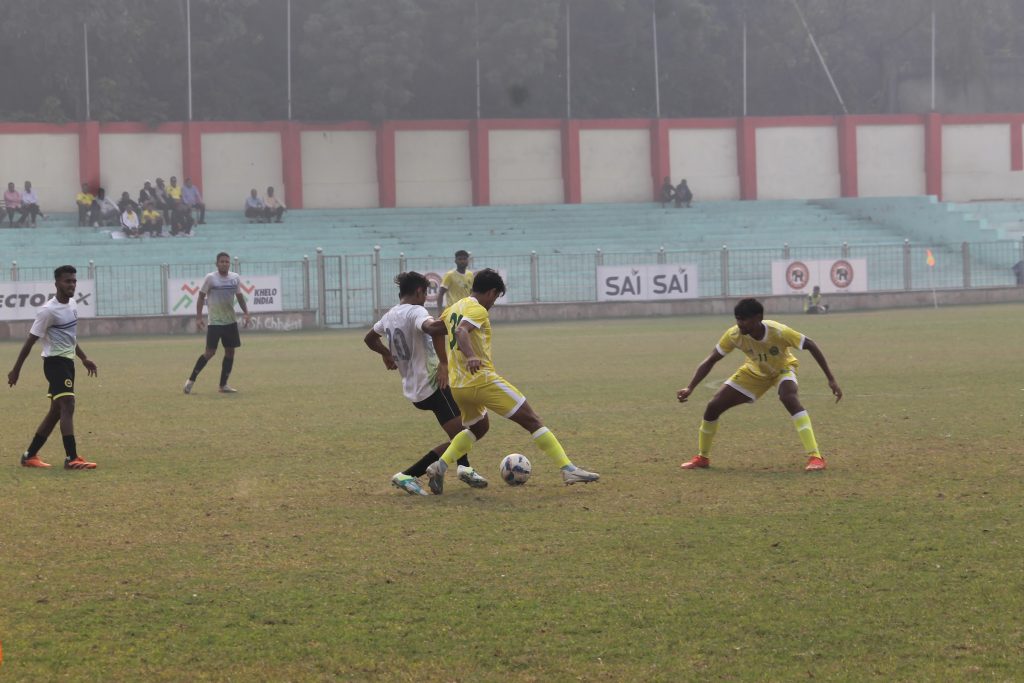
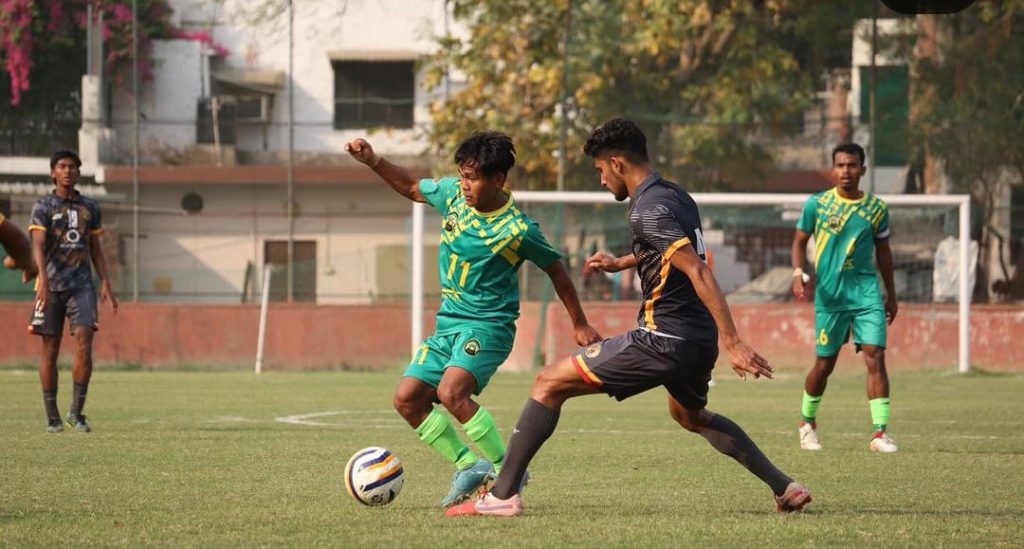
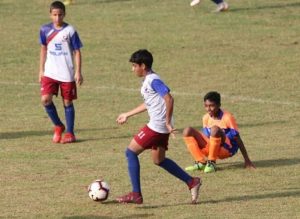
Goalkeeper:
The goalkeeper is the final line in defensive football formations, responsible for preventing the opposition from scoring. They possess exceptional reflexes, agility and decision-making skills. Modern goalkeepers are not just shot-stoppers; they are adept at distributing the ball and often initiating attacks with long or short passes. Their ability to command the penalty area, organize the defence, and maintain composure under pressure is crucial.
Center-Back:
Central defenders form the backbone of defensive football formations. They are responsible for organizing football defensive line positions, making crucial interceptions, and clearing danger. A strong centre-back needs physical attributes such as strength, aerial ability, and good positional sense. They must also be excellent in communication, coordinating with their defensive partners and organizing the defensive line. In recent years, the trend of more ball-playing center backs is common.
Full-Backs:
Full-backs are versatile players who combine defensive duties with attacking responsibilities. Right-backs and left-backs are tasked with defending their respective flanks, making tackles, interceptions, and clearing crosses. However, they are also expected to contribute to the attack by overlapping with wingers, ensuring width and delivering accurate crosses. Modern full-backs must be comfortable on the ball, be able to dribble past opponents, and make incisive passes.
Wing-Backs
Wing-backs play a crucial role in football defense line positions. They are a more attacking version of full-backs, often employed in 3-5-2 or 3-4-3 defensive football formations. They provide width and overlap, stretching the opposition’s defense and creating space for other forwards. Wing-back needs exceptional stamina as they are constantly involved in attacking and defensive duties. They should be comfortable on the ball, able to deliver accurate crosses, and possess the pace to recover defensively.
Defensive Midfielder
Defensive midfielders, often referred to as ‘holding midfielders’ or ‘deep-lying playmakers’ are tasked with protecting the defense and breaking up the opposition’s attacks. They are first in football defense line positions. They intercept passing, winning tackles, and shield the backline. A good defensive midfielder needs excellent tackling ability, positional awareness, and a strong reading of the game. They also play a crucial role in dictating the tempo of the game, recycling possession, and initiating attacks.
Top 8 Soccer Defender Skills
While defenders ought to be the strongest athletes out on the pitch, there are specific defending skills in football that one must have to perform well. Over the years, as football evolved, the role of defenders demanded more. With that, the need for new skills are also on the rise. Here’s a look at the must haves:
- Footwork: Quick and agile movements are essential for defending against dribblers and making timely interceptions
- Channeling Opponents: Directing attackers towards the touchline or away from dangerous areas
- Interception: Reading the game and anticipating passes to intercept the ball
- Communication: Effective communication with teammates is crucial for organizing the defence
- Hunting the Ball: Proactively seeking opportunities to win the ball back
- Tackling: A well-timed tackle can disrupt an attack and regain possession
- Heading: Essential for defending crosses and set-pieces
- Aerial Ability: Winning aerial duels can be crucial in both defence and attack
Improving Football Defensive Line Positions: Soccer Drills & Training Tips
Different defensive tactics and formations can be employed to suit various playing styles and match situations. In the last few decades, tactics in football have evolved considerably. To suit a specific team tactic, defensive football formations need to constantly change. Here are a few tactics:
- Zonal Marking: Players are assigned specific areas to defend
- Man-Marking: Marking specific opponents while they are making off-the-ball movement
- Pressing: High-intensity pressing to disrupt the opposition’s build-up play
- Defensive Line: The defensive line’s positioning can vary, from a high line to a low block
- The defensive line positions in modern football can look like following which effectively supports the team from restricting scoring opportunities from opposition.
- 4-4-2: A traditional formation with four defenders, four midfielders and two strikers
- 4-3-3: The formation includes four defenders, three midfielders and three attackers
- 3-5-2: A formation with three centre-backs, two wing-backs, three midfielders and two strikers
- 5-3-2: A defensive formation with five defenders, three midfielders and two strikers
In order to succeed in these defensive line positions, players must focus on the following defensive drills and training to keep adapting to the evolving needs of the game. In the current scenario, center backs are expected to be more comfortable on the ball, full backs are expected to be attacking, while defensive midfielders have to become more versatile, becoming able to defend both attack and defense.
To effectively implement defensive soccer drills, coaches should consider training the following:
- Progression: Start with basic drills and gradually increase the complexity as players improve
- Variety: Incorporate a variety of drills to keep players engaged and challenged
- Realistic Scenarios: Simulate real-game situations to prepare players for different challenges
- Positive Reinforcement: Encourage players and provide constructive feedback
- Anticipation: Allow players to read the opponent’s next move, giving them a free-hand in choosing their movements
- Decision-making: Help players learn to quick decisions under pressure, whether it is a tackle, inception or clearance from the line
- Positioning: Proper positioning is crucial for defensive effectiveness. Defenders should learn to be aware of surroundings are be prepared to cover their teammates
- Physicality: Focus on improving the physical attributes of players, enabling them to win challenges and aerial duels when such a game situation may arise
- Regular Evaluation: Assess players’ progress and adjust the training plan accordingly
Conclusion
The role of defenders will keep on evolving as football progresses. Having resolute defenders can be crucial in helping build winning teams. By understanding the roles and responsibilities of each defender and the key skills required, football defensive positions can prove to be a vital element in a team’s success. They can balance between attack and defense and aim to dominate opponents.
Frequently Asked Questions
How to learn defensive soccer drills?
Practice basic defensive skills like tackling, heading, and marking. Watch professional players and analyze their techniques. Aim to join a football academy or club to receive expert coaching.
What are the different football defensive line positions?
Goalkeeper, Center-Back, Right-Back, Left-Back, Wing-Back, and Central Defensive Midfielders.
How to choose football defence positions?
Always consider a player’s strengths and weaknesses. Depending on the team’s overall playing style and formation, a player can experiment with different formations to find the best fit into the system.
